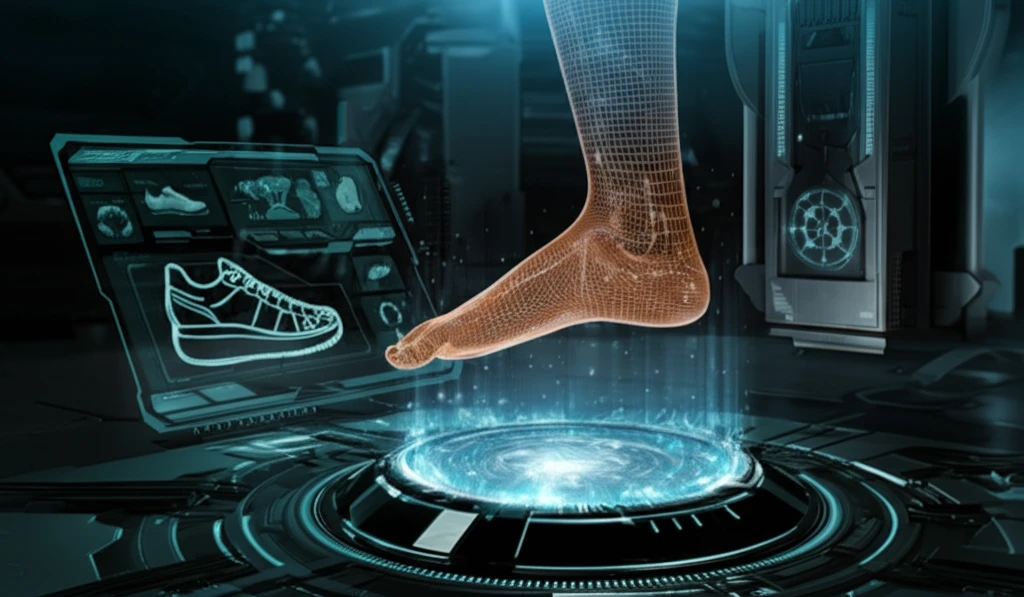
Step Into the Future: How 3D Foot Models are Revolutionizing Custom Footwear
"From clunky scans to sleek designs: Discover how parametric modeling is making personalized shoes a reality."
Finding shoes that fit perfectly can feel like an impossible quest. Mass-produced footwear often overlooks the unique contours and dimensions of individual feet, leading to discomfort, blisters, and even long-term foot problems. But what if you could have shoes designed specifically for your feet, offering unparalleled comfort and support? That future is closer than you think, thanks to the rise of 3D parametric foot models.
The traditional method of creating custom shoe lasts – the solid form around which a shoe is shaped – is a time-consuming and labor-intensive process. It relies heavily on the skill and experience of the last maker, and the results can vary. However, advancements in 3D scanning and modeling technologies are changing the game, offering a faster, more precise, and personalized approach to footwear design.
This article delves into the fascinating world of landmark-based 3D parametric foot models, exploring how they are transforming the footwear industry. We'll break down the science behind these models, discuss their benefits, and peek into the future of custom-fit shoes.
What are Landmark-Based 3D Parametric Foot Models?

At its core, a 3D parametric foot model is a digital representation of your foot's shape and dimensions. What sets it apart is its foundation in 'landmarks' – specific, anatomically relevant points on the foot's surface. In the research paper, 22 such landmarks are identified, strategically positioned to capture the key contours and measurements necessary for creating a well-fitting shoe last.
- Efficiency: By focusing on key landmarks, the data acquisition process is streamlined, reducing the time and effort required to create a custom foot model.
- Accuracy: The use of precise anatomical landmarks ensures that the model accurately reflects the unique contours of the foot.
- Customization: The parametric nature of the model allows for easy adjustments and modifications, ensuring a perfect fit for each individual.
The Future of Footwear is Personalized
The development of landmark-based 3D parametric foot models represents a significant step forward in the quest for perfectly fitting footwear. By combining the precision of 3D scanning with the flexibility of parametric modeling, this technology is paving the way for a future where customized shoes are accessible to everyone. As the technology continues to evolve, we can expect even more innovative solutions that prioritize comfort, support, and individual style.
